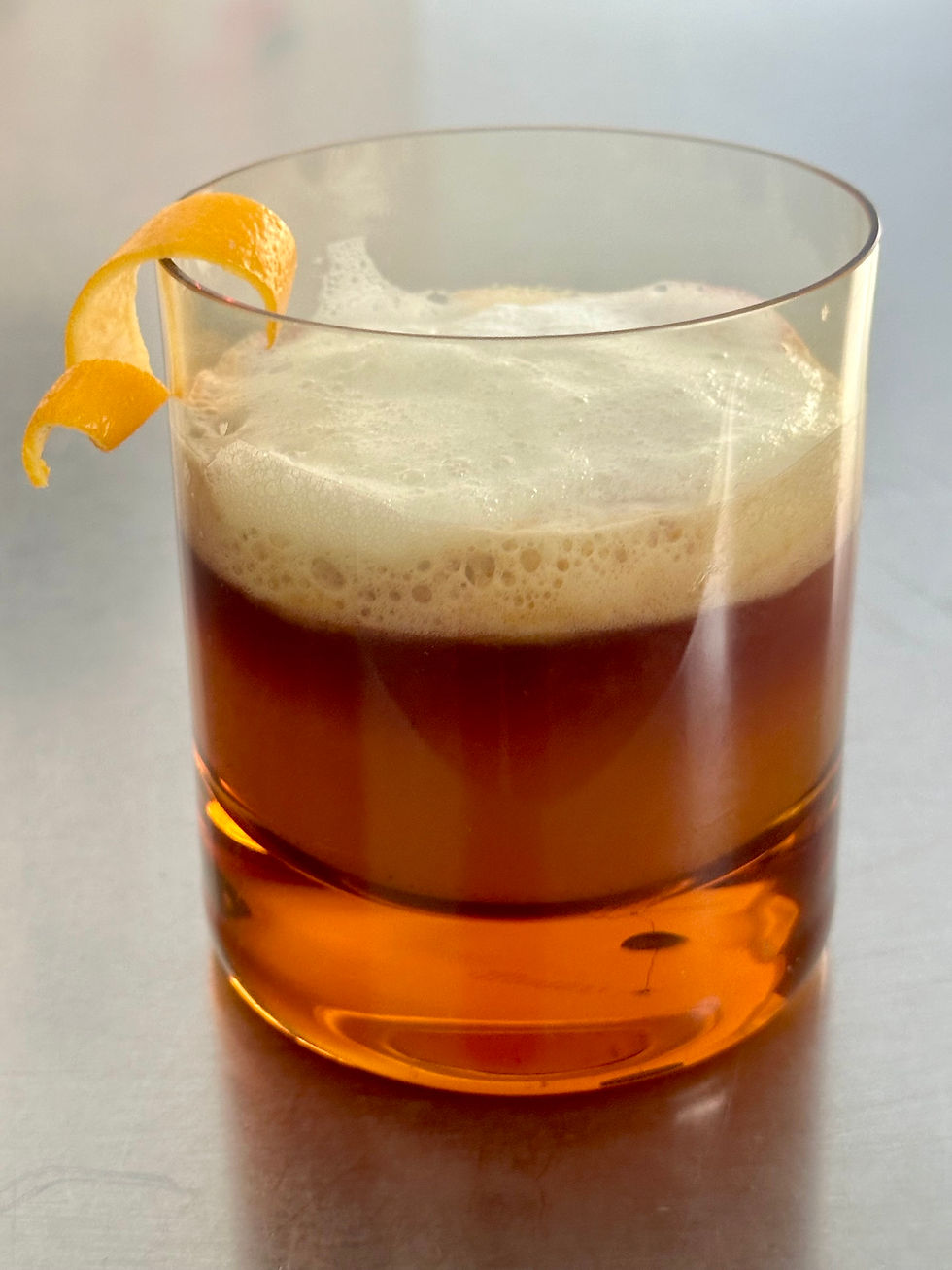Thinking Beyond the Frame
- tipsy modernist
- Mar 12, 2024
- 3 min read
A new post from contributor Rose White, originally posted on the substack Little Mama Drama

Architects and creatives have long self-identified via their unusual eye-glasses, in fact one of the first posts on this blog was about architects and their crazy glasses. So when I came across this insightful essay about the racialization of objects on Little Mama Drama's substack I knew I needed to re-post it here. In Thinking Beyond The Frame, Rose White explains how racism and inherent bias affect design through the lens of eyeglass design, as well as documenting her own journey to understand who and what design is for.
I am thrilled to share her unique voice with you. You can link to her original substack here Below is the text of her post: Thinking Beyond the Frame When I initially embarked on my research, my curiosity led me to question the very essence of
the design industry. From objects to interiors to design education. I pondered why it looks the
way it does physically and racially and how I could contribute positively. Despite my eight years
in the industry, these questions persist, particularly in exploring how design intersects with
persistent societal issues.
I found myself first drawn to objects, such as eyeglasses, and I started questioning how they play a role in shaping perceptions of beauty and race. I became intrigued by the customization of eyeglasses, especially the nose bridge, and how it impacts one's experience of beauty and
identity.
My exploration led me to the study of physiognomy and the book "Making The Body Beautiful"
(1999), delving into the history of aesthetic surgery and its enduring impact on society.
Physiognomy, although not in use today, played a role in defining racial aesthetics, particularly
concerning the African nose. This brings us to the present, where eyeglasses, despite their
centuries-long existence, still lack comprehensive racial inclusivity in design.

This book delves into the history of aesthetic surgery, exploring its beginnings and its profound
impact on society. Although it was written in 1999, its relevance to today's aesthetics is uncanny,emphasizing that aesthetics never truly die. The book draws a clear distinction between aesthetic and reconstructive surgery, highlighting the quest for control over one's appearance and its impact on desire, character, and credibility.
Connected to black faces and bodies, physiognomy made assumptions about one's character
based on their nose, with the African nose deemed the least beautiful due to its association with
apes. In my quest to understand eyeglass design, I discovered the poignant discrimination
faced by the nose, which prompted me to examine companies like REFRAMD—a black-owned
glasses company founded in 2020 that prioritizes larger nose bridge options and shapes
inclusive to diverse facial features.

REFRAMD's commitment to inclusivity goes beyond acknowledging diverse facial features.
They are actively challenging the prevailing one-size-fits-all approach that has long been
entrenched in the design industry. This forward-thinking perspective marks a departure from the
conventional norms, aiming to rectify the discrepancies and shortcomings often associated with standardized designs. Eyeglasses are an object potentially overlooked as posing any potential glimpse into racial discrepancies. I think they are the first of many that can be observed and looked at as points of necessary connections. As we witness the rise of companies like REFRAMD, we observe a broader shift in design
philosophies. The industry is gradually moving away from a homogenized approach,
acknowledging the richness of diversity and the multifaceted nature of human anatomy. This
departure from the norm signifies a crucial step toward dismantling the systemic biases
ingrained in design practices, ensuring that the products created are aesthetically pleasing and
genuinely inclusive.
As we witness a shift towards more inclusive thinking in various aspects of design, I'm intrigued
by how physiognomy and other studies can influence the "frame" through which we see the
world. Can objects like eyeglasses offer a glimpse into our history and pave the way for a more
inclusive future?

In conclusion, my research is continuing to explore how physiognomy and other studies can
shape the "frame" through which we perceive the world. Objects around us offer a glimpse into
our history and act as a leaping ground for moving forward more inclusively.
While conversations about race and design are relatively new, having gained more momentum
in 2020, the lack of established research and connections fuels my contemplation. Despite
seeming farfetched, I believe engaging with the possibility and importance of understanding
rooted aesthetics can drive inclusive design. Design, inherently object-focused, may hold the
key to a more inclusive future.
Thank you for taking the time to explore these ideas with me. As always, your support and
readership are truly appreciated.
Warm regards,
Your Little Mama <3




Comentários